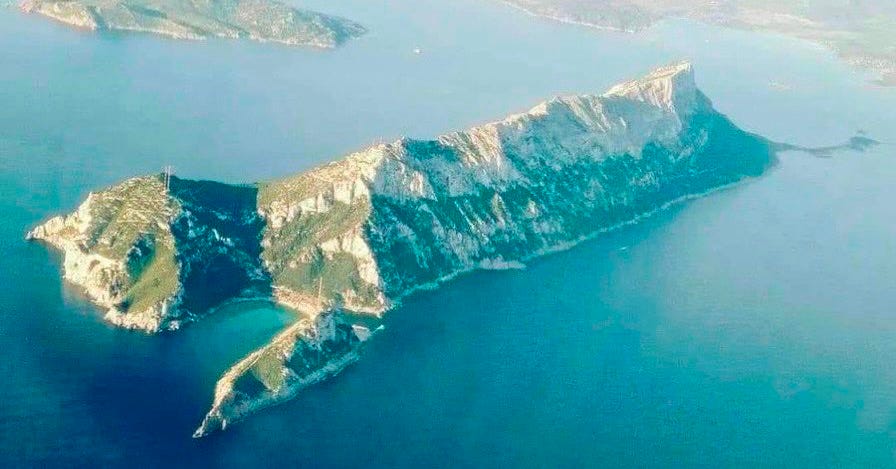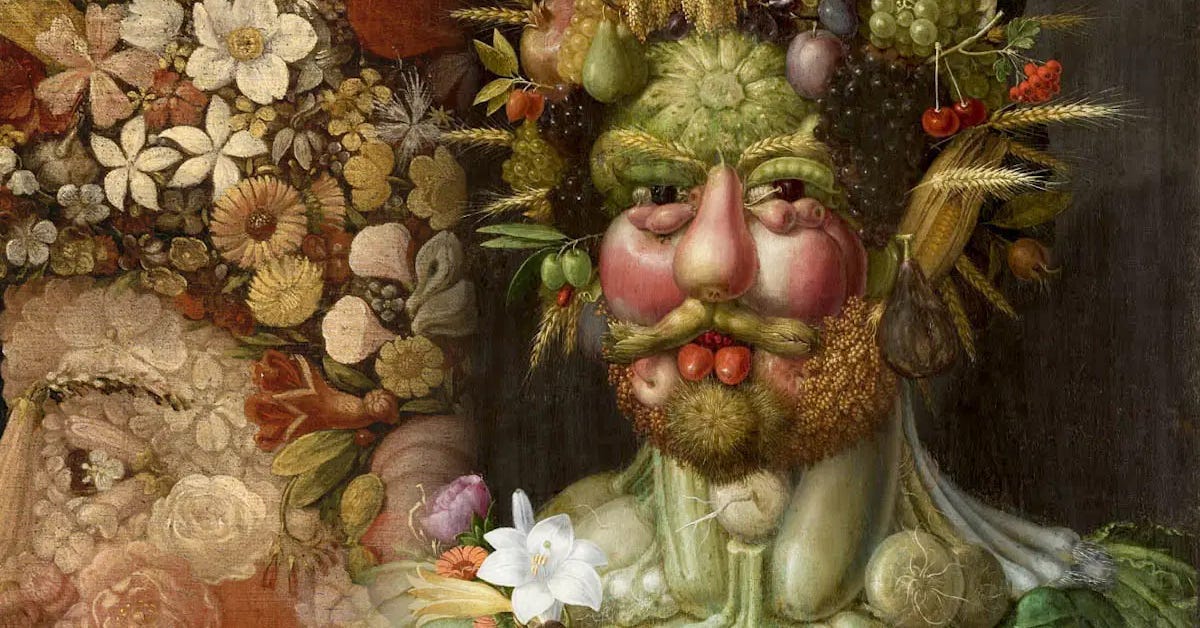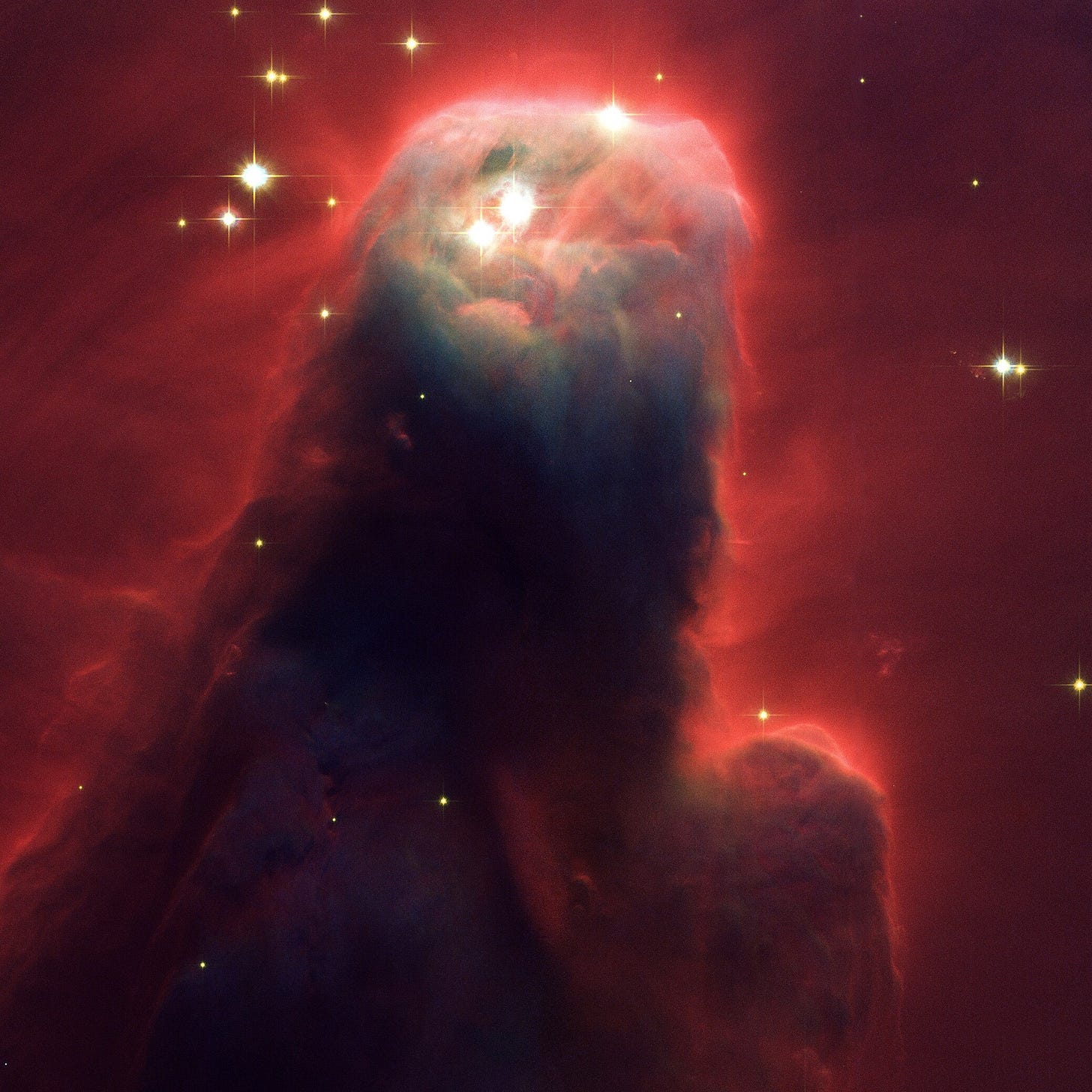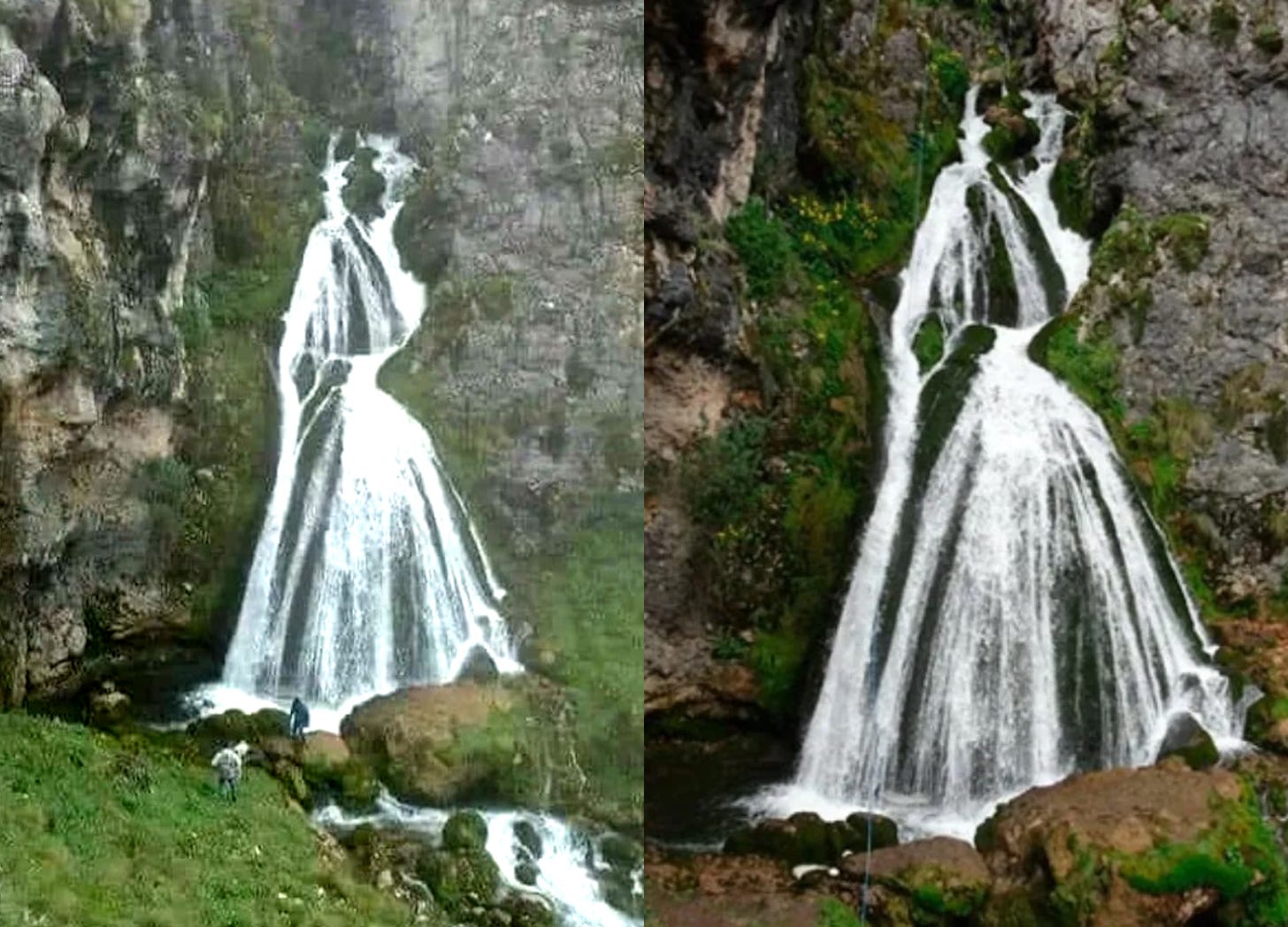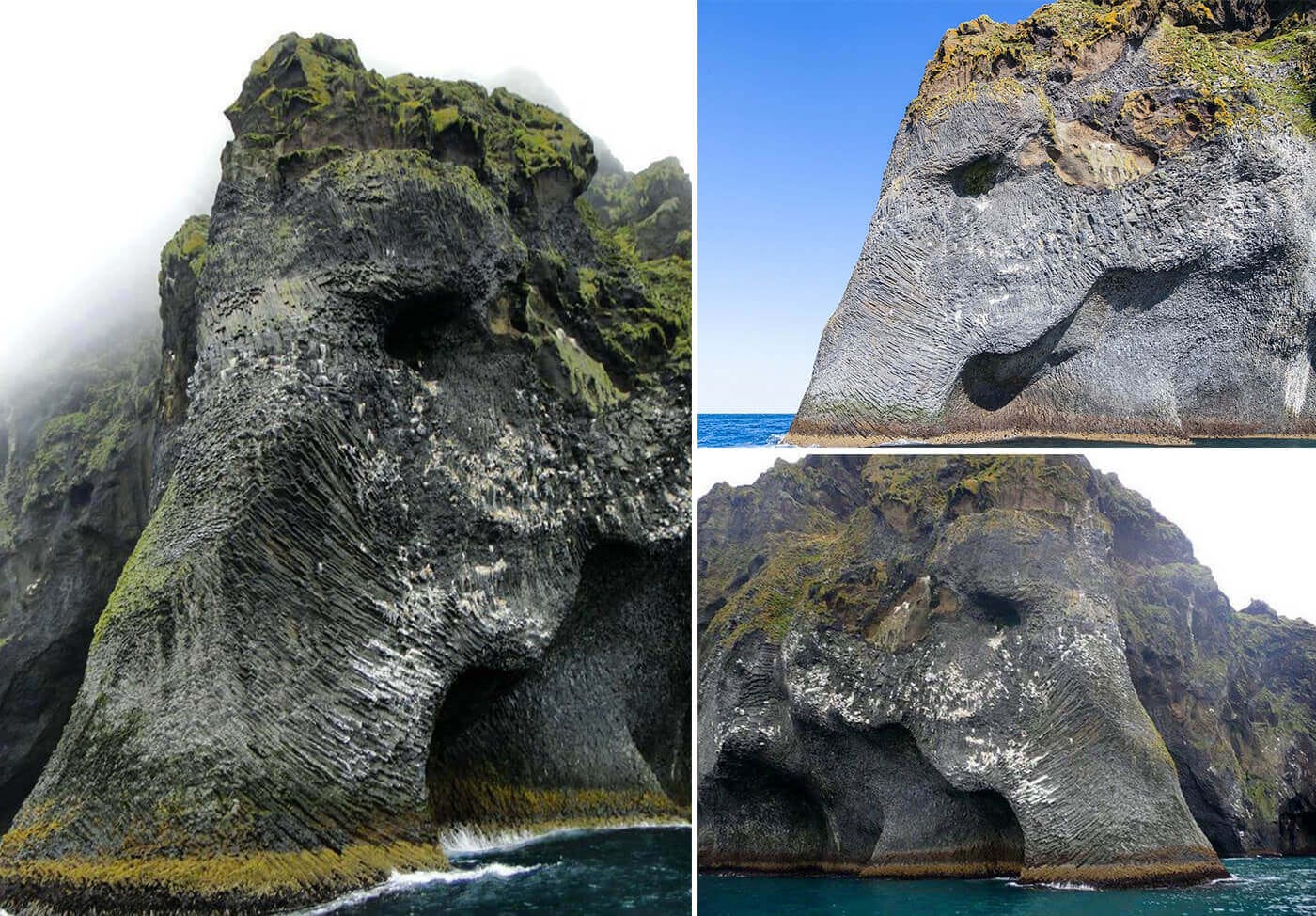Pareidolia: Seeing Patterns in Randomness
Here's why your brain loves to make things up
There’s something quite strange about the way our minds work. A flicker of light, a smudge on a wall, a shifting cloud — and suddenly, a face emerges. Not a real face, of course, but something familiar, something insistent enough to catch our attention and refuse to let go.
This phenomenon has a name:
Pareidolia is our brain’s compelling urge to find meaning where there is none. It is the tendency to perceive patterns, often faces or figures, in random or vague stimuli.
The word itself is Greek in origin. From para, meaning “beside” or “instead of,” and eidōlon, meaning “image” or “form,” pareidolia is a subtle error of perception.
It’s an illusion, yet one that feels utterly real…
But why does this happen?
Reminder: This is a reader-funded publication focused on spreading beauty, and it depends on your support to keep going.
Upgrade your subscription for just a few dollars a month to help our mission and access members-only articles like this one 👇🏻
Some scientists suggest an evolutionary reason.
Our brains are wired to spot faces quickly — a skill honed by necessity. Whether identifying a friend or foe in a crowd, reading emotion in a glance, or sensing danger from a fleeting expression, this rapid recognition is vital. But such speed can also lead to misperceptions.
However, these “mistakes” are better than missing a real face altogether: from an evolutionary perspective, failing to recognize a threat could have meant death for our ancestors.
But pareidolia isn’t just about survival. It also fuels creativity. Many Renaissance painters often mentioned pareidolia as a source of inspiration, while artists like Giuseppe Arcimboldo literally used it to create imaginative portraits composed entirely of objects such as fruits, vegetables, and flowers.
In his notebooks, Leonardo da Vinci wrote:
If you look at any walls spotted with various stains or with a mixture of different kinds of stones, if you are about to invent some scene you will be able to see in it a resemblance to various different landscapes adorned with mountains, rivers, rocks, trees, plains, wide valleys, and various groups of hills. You will also be able to see divers combats and figures in quick movement, and strange expressions of faces, and outlandish costumes, and an infinite number of things which you can then reduce into separate and well conceived forms.
Literature, too, has long played with this trick of the mind.
Take Shakespeare’s Hamlet for instance. When Prince Hamlet looks up at the sky and points to a cloud while talking to Polonius, their back-and-forth goes like this:
HAMLET:
Do you see yonder cloud that's almost in the shape of a camel?
POLONIUS:
By th'Mass and 'tis, like a camel indeed.
HAMLET:
Methinks it is a weasel.
POLONIUS:
It is backed like a weasel.
HAMLET:
Or a whale.
POLONIUS:
Very like a whale.
Religion is also associated with this phenomenon as people often interpret natural shapes as spiritual images. These may appear as faces of religious figures or sacred symbols, either briefly or in lasting forms.
In Christianity, such images often appear as depictions of Jesus or saints. In Islam, natural patterns may resemble Arabic script, like the word “Allah” or verses from the Quran. Believers may see these as miracles, while skeptics view them as pareidolia.
One famous example is the Cone Nebula, sometimes referred to as the Jesus Christ Nebula because of its resemblance to the popular depictions of Jesus with his hands in a prayer position.
But what does it truly mean that our brains impose order on chaos? That we find meaning not simply in what is there, but in what we wish, fear, or hope to see?
Modern neuroscience offers some clues. The fusiform face area, the brain’s face detector, activates not only when actual faces appear but also with face-like patterns. And it happens in milliseconds, before we consciously register the image. We respond emotionally, sensing moods and intentions in patterns that aren’t there. This reveals the strength of our social instincts.
With that in mind, here are some of the most beautiful examples I know of this peculiar and uniquely human phenomenon…
1. Waterfall of the Bride
Also known as Cascada La Novia, this breathtaking Peruvian waterfall is famous for its striking resemblance to a bride wearing a white dress and veil.
According to legend, long ago on the eve of her wedding, a young bride-to-be lost her beloved. Heartbroken, she begged Pachamama — Mother Earth — to transform her into a waterfall, a symbol of her eternal love.
2. Elephant Rock
This natural basalt formation, located on Heimaey Island in Iceland, has taken on its elephant-like appearance due to erosion and the action of ocean waves.
According to Icelandic folklore, the rock was once a real elephant, enchanted or punished by the gods. After resting at the water’s edge, the great beast drifted into an eternal sleep, its body slowly turning to stone.
3. Dolphin Island
Il Gallo Lungo, the largest of the Li Galli islands off Positano, Italy, is shaped like a dolphin. Following choreographer Leonide Massine’s death, the island was purchased in 1988 by Russian dancer Rudolf Nureyev, who lived here until he passed away…
Keep reading with a 7-day free trial
Subscribe to Beauty is truth to keep reading this post and get 7 days of free access to the full post archives.


